When you want your website to stand out from the crowd, nailing E-A-T is important. But what is E-A-T, and how do you make your site work with it?
This post is going to tell you what you need to know. Here is what we’re going to cover:
Definition of all E-A-T-related terms.
How to make changes to your website that are important.
A list of the perks you could accomplish.
Here are some words in the article that you’ll see:
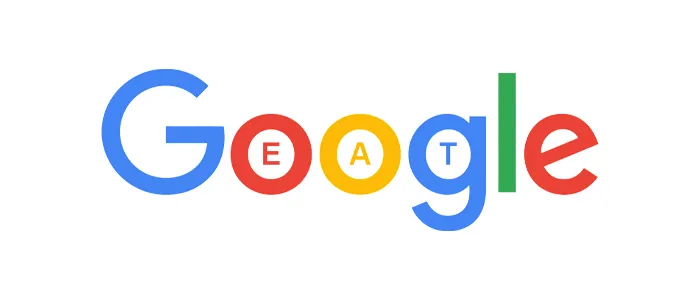
E-A-T: Expertise-Authority-Confidence
QRG: Instructions for a Quality Rater
YMYL: Your Cash or Your Life
Signals for Confidence
MC: Key Contents
SERP / SERPs: results page for search engines
What’s E-A-T and Why Should You Care?

The brief answer? E-A-T is one of the ongoing attempts by Google to avoid people cheating the system by pressuring them to produce usable content of quality. Everything under the lens is blogs, enterprises, and content creators.
The aim is to make human users better at web content.
There are three aspects E-A-T puts a heavy focus on:
Expertise
Authoritarianism
Confidenceworthiness
With a low-quality spam content rating highly, it’s another nail in the coffin. Rewarding people for producing content based on experience, authority, and confidence is a win-win-win: (And good riddance, we say!)
Owners of sites should demonstrate their knowledge, authority, and faith.
The right pages can be ranked by Google.
High-quality content is provided to human users that actually address their questions.
The most important is this last bullet. Google also changes their ranking algorithm slightly, but E-A-T is not just one change (as Panda and Penguin were). Instead, to make sure that the right pages rank, it’s an ongoing process of refinement.
It’s no exaggeration to say any site on the internet has been influenced by this ranking factor. And it wasn’t just blogging that was impacted. We recently talked to a business owner who is redesigning their product’s entire ingredient list, a food supplement.
To keep up with the E-A-T alerts from Google.
They would be able to say beyond the shadow of a doubt that each ingredient in their supplement achieves the desired result by flipping a few items around. Their new formula works, but certain ingredients’ results are not widely decided upon.
Relevant Google Algorithm and Guideline Updates

This may not sound like that big deal, but it is a great example of why Google first launched the E-A-T score. When was E-A-T announced?
The response is very different from what you’ll find on other SEO blogs. The first bits of chatter about E-A-T appeared on observant SEO industry blogs in 2013.
In version 4.1 of their Search Quality Rating Handbook, Google first listed YMYL pages on March 29, 2013. This is slipping below many SEOs’ radar.
Then, in 2014, leaks from Google’s Search Quality Evaluation Guide version 5. The knowledge, authority, and faith of websites are given more importance.
The QRGs were revised in July 2018 to emphasize beneficial intent and credibility for creators.
Google’s Medic update fell on August 1, 2018, and several bloggers made the mistake of assuming this was the E-A-T launch.
But people who were paying attention know that by this point, E-A-T had been around for five years.
What Is the E-A-T Score?

E-A-T, along with other algorithm tweaks that alter how sites rank, as a result, is a gradual implementation of several interlinked principles.
A summary of each aspect is here. Notice that a certain overlap occurs between the points:
What is expertise in SEO?
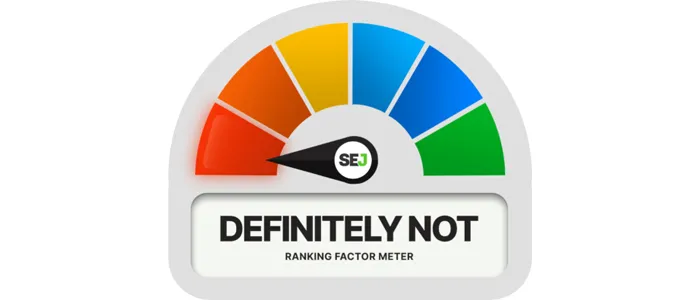
An organization should be competent and professional.
Content creators should have demonstrable experience in the related area(s) and should not, either knowingly or otherwise, spread misinformation.
Unsubstantiated arguments should not be made and, where applicable, claims should be cited.
Credentials provided by this information should be in view. There does not have to be formal schooling. Ten years of experience will make you, for example, an expert in guitar teaching.
Content can answer questions that are being asked, display expertise while tapping into real data demand.
What is the authority in SEO?

Google needs to recognize that other people in the industry have a website in mind and that writers are considered for their views and capacity.
In order to contribute to the site’s general authority on a subject, the main content (MC) of a page should be important to the wider site.
Opinions should match the broader consensus or, if they disagree, should be sufficiently backed up.
The author(s) should be called, and elsewhere their writing should appear. Such citations should be frequent and preferably from sources and organizations which are considered authoritative by themselves.
Associations with trusted journals and bodies should be shown by organizations, and the views of writers should be quoted elsewhere.
What is trust in SEO?

Everybody loses if Google sends someone to a website where they get scammed.
As a result, they are eager to ensure that all places in the SERPs are trustworthy and that the needs of people are met quickly and fully.
Trust encompasses everything that supports an entity with a sense of security and security and adds to the assurance that they are who they claim they are.
Organizations and individuals should be introduced by the material on About Us accounts. Google Maps embedded can display actual physical premises, so prospective clients can see that they are interacting with a real entity.
The purchase process should be clarified by customer service records, with privacy policy and return policies to show prospective customers that they have recourse.
When making payments, the HTTPS link should be the default, and logos of approved payment methods should be displayed to reassure people that their money is secure.
Ratings and ratings to show that other clients have been pleased and engaged with a brand.
Awards and other accolades to reflect appreciation and recognition from business bodies.
In short, something that eliminates a user’s or prospective client’s reservations.
What is reputation in SEO?

It’s not part of the E-A-T acronym, but for blogs and content creators, credibility is still a significant factor.
This looks at ratings and mentions elsewhere on the web outside the article.
Note, here too, content creators are under the microscope. This works in their favor if they have ample prestige to be discussed a lot externally. Of course, as long as the citations are positive.
How Does E-A-T Impact SERPs?
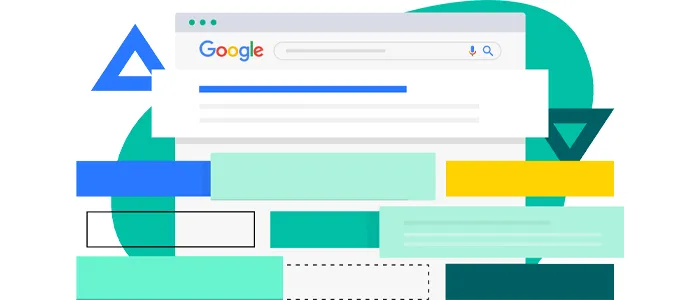
E-A-T is built, as we have seen, to ensure that websites and the content they host are professionally published, authoritative, and trustworthy. And other individuals agree with that.
Human reviewers who sift through hundreds of websites and test them according to Google’s QRGs are consulted on E-A-T-related tweaks to Google’s algorithm.
Quality raters do not explicitly impact the ranking of individual sites, but their results are cross-referenced with SERPs to ensure the ranking of high-quality things.
Thousands of updates are made annually on the basis of this feedback. More than 2,400 improvements were made alone in 2017.
Special focus is put on sites and industries considered YMYL: Your Money or Your Life (definition coming up shortly).
What are the quality rater guidelines?
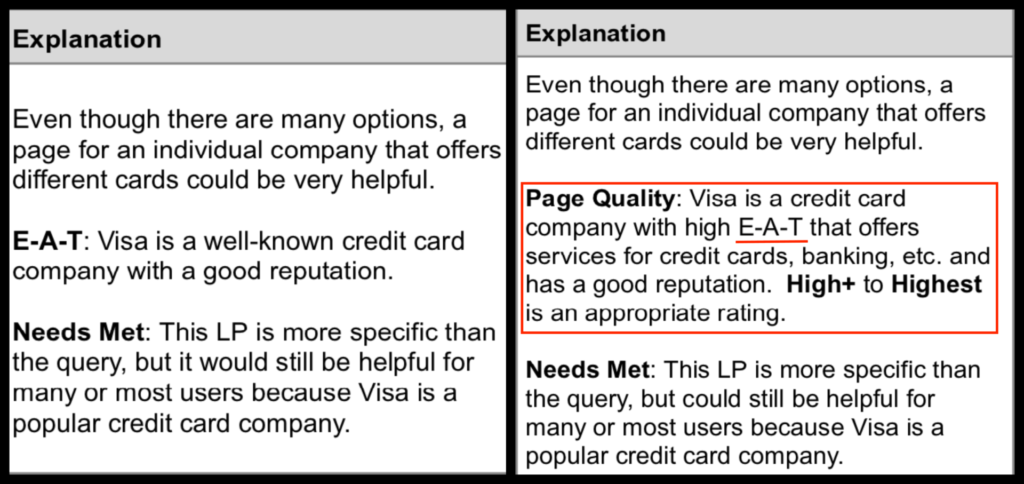
In an extensive document, the QRGs are outlined and are intended to direct the work of quality raters: real people who check websites manually.
Quality raters’ feedback is used to test Google’s algorithm’s efficiency, and the QRGs are one of the best insights we have into the search engine’s decision-making.
They are the closest we get to verifying the variables used by the algorithm; if Google tells their performance raters to search for anything, we can be very sure that they consider it significant.
The rules break down pages into “Lowest, Lowest, Medium, High, and Highest quality.” It is suggested that Google needs to rank pages that are most comparable to high-quality ones.
In this order, raters are asked to consider:
The page’s intent.
An E-A-T score for the material.
The principal quality and quantity of the material.
Details about the principal content maker.
The reputation of the key content’s founder.
However, it isn’t a complete equivalence. Some factors (links, for example) that we know affect SEO are not listed in the guidelines.
What is Your Money or Your Life?

This refers to sites that, if the content is not up to scratch, may have a negative effect on the potential happiness, wellbeing, financial security, or protection of users’.
Wondering what the site for YMYL is? It is a big umbrella, including stuff like this:
Any location where money changes hands: transfers of money, bill payments, sales of goods, etc.
Health sites: disease data, drug recommendations, etc.
Newspapers, blogs, and other journalism: all that adds to the way people are educated.
Legal pages: writing a will, information about custody, legal redress, etc.
Financial advice: savings, investment, etc.
This list is far from exhaustive: YMYL pages might theoretically be considered political material, content about car safety, television schedules, and all in between.
What are trust signals?
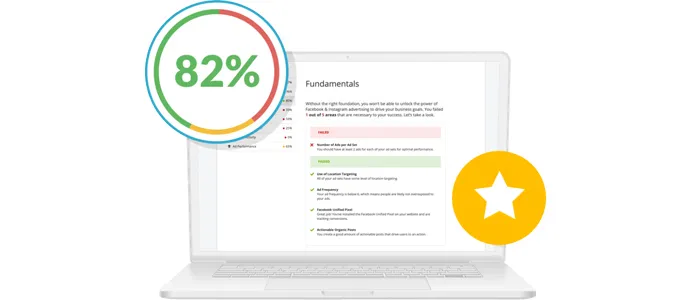
Google’s algorithm does not decide whether anything is valid or not. It may, however, look at trends to see whether other individuals and organizations claim the truthfulness of data.
The same information on several authoritative sites is seen to vouch for its truthfulness in the same way that a link from several authoritative sites is seen to vouch for the accuracy of a website.
Google says-
“Our ranking system does not identify the intent or factual accuracy of any given piece of content. However, it is specifically designed to identify sites with high indicia of expertise, authority, and trustworthiness.”
How to Boost Your E-A-T Score

That’s the positive bit here. Actionable improvements that you can make right now to improve the E-A-T score of your website.
We split these down into many sections, all of which are going to give the right signals.
And remember: don’t ignore rating variables that aren’t in the guide. We’ve also added those at the end.
Consistently create high-quality, shareable content

For the sake of it, you want to strike the balance between posting frequently and not posting.
Make sure that the content you publish serves a purpose and be honest: make sure it provides the content for the purpose it is meant to serve.
Stop names with click baits. In the rankings, being punished isn’t worth the few extra clicks you might get.
Here are several E-A-T-friendly content guidelines:
Publish regularly.
Using writers that are named.
Attribute material, preferably those who have written elsewhere, to actual writers. Link to their other work and use schema mark-up to view their other web presences, where appropriate.
Keep on subject. (We write about SEO, PPC, digital marketing, and so on. A post would be out of position on our blog about baking the perfect cupcake and would confuse future readers.)
Write with the human reader in mind mainly, rather than the algorithm.
Using keywords, but only when they occur in writing about the subject naturally.
Study to ensure that the keywords that you write about are the right ones.
Echo the views of your industry’s opinion leaders; strive to add to the consensus instead of just mimicking it. Cite them, and describe how they fit into the larger picture if you have views that go against the grain.
Make use of sources. The abstracts of most journal papers can be downloaded, so if you’re writing about something scientific, it’s not difficult to back it up.
Trust signals you need on your site
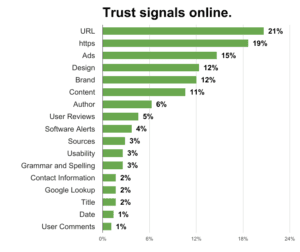
The goal is to cultivate a sense of confidence by demonstrating all the ways you are trustworthy. Users may consciously search for some of these, while others may answer subliminal issues.
It is vital to note that standards for new sites are different. Start-ups do not yet have industry awards, and new products may not have time to accrue feedback. In this case, the positive to negative ratio is more critical.
Here’s what you can include:
Any prizes or awards you’ve won.
The larger and more noticeable, the better for any customers you’ve worked with.
Publications and blogs that have featured your goods, services, or content.
Affiliations of some association.
Signals of ethical confidence, stuff like paying a living wage. This plays into the Halo Effect: people would assume that you would actually do some positive things too if you pay your workers equally.
For all methods, payment logos may be used by users to pay for products.
Qualifications, where appropriate, to any team members.
To show that your site is completely safe, HTTPS.
Social evidence: assessments, star scores, testimonials, and more. From genuine people.
Guarantees: “Return money,” “No quibble,” etc.
Not all signs of confidence are made identical. Visa would bring more clout than American Express, simply because it is understood by more people. Using only positive feedback may make individuals suspicious. Tread the careful line between the confidence that reviews create and the distrust that only favorable reviews generate.
It’s also a matter of balance. If your whole website is full of prizes, consumer logos, magazines you’ve been advertised in, memberships in organizations, and the like… Well, you could look a little desperate.
“You don’t want your site to have so many logos on it that it would put a NASCAR driver to shame,” as one site says in an article about this subject. Show off the stuff that makes you proudest of.
How to boost your site’s authority

Ask your clients to check items they have bought if you sell goods. This (hopefully positive) real-life feedback will alleviate the fears of potential customers and will show any manual reviewers that your audience is on board with what you do.
Look outside of the Google ecosystem to get feedback, too. Your authority and popularity can all be helped by feedback and mentions on non-Google sites such as Yelp, Feefo, and similar.
For testimonials, inquire. Ask for written feedback instead and encourage this on your website if you don’t sell goods and your service doesn’t lend itself to starred reviews.
Ask people to spread the word, too; maybe they’ll be happy to offer recommendations if they’re impressed with your product or service?
You can raise authority from a content perspective by being more careful with guest content, whether you host it on your website or contribute it to others.
How to demonstrate your expertise

It can be difficult to see the wood for the trees when you work in a business. Things that are apparent to you are the things that your clients don’t know about. To them, items that seem uninteresting to you can very well be important.
You should write content that flaunts your expertise, then host it on your website and beyond. Get your team’s knowledgeable members to write content and advertise it under their name.
Get them to share it on LinkedIn, Twitter, and elsewhere; your current audience will improve your interaction. Then, engage in conversation. It takes work to develop your brand, but the rewards it pays are more than worthwhile.
And Don’t Forget …

Don’t lose sight of other significant SEO considerations when you’re designing your E-A-T:
A website that is fully usable with decent content and no dead pages.
Consistent branding across channels and tone of speech.
Consistent NAP around the internet and offline (name, address, phone number).
Precise and up-to-date markup of the schema on your web.
On your web, correct and up-to-date metadata.
Continuous link-building activities to source high-quality, appropriate sites for inbound links.
Rapid page speed, with a particular emphasis on mobile speed.
Responsive design: across all platforms, the site should work seamlessly.
There You Have It

Google’s ongoing attempts to rank the best, highest quality content at the top of its SERPs have culminated in E-A-T. All wins because this is the case.
Content that helps satisfy their criteria is provided to consumers.
Businesses are compensated for being trustworthy and producing quality, usable content.
When you need a response, Google cements its credibility as the best place to go.
In today’s SEO landscape, there is no room for skimping on content quality. It will offer you success in accordance with the E-A-T principles: knowledge, authority, trust.




















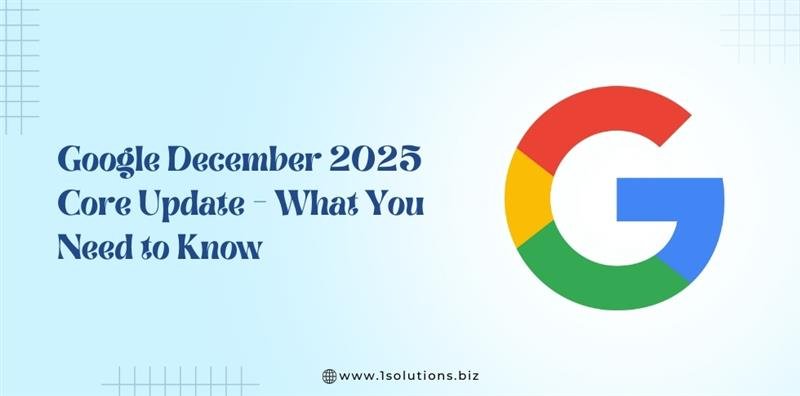
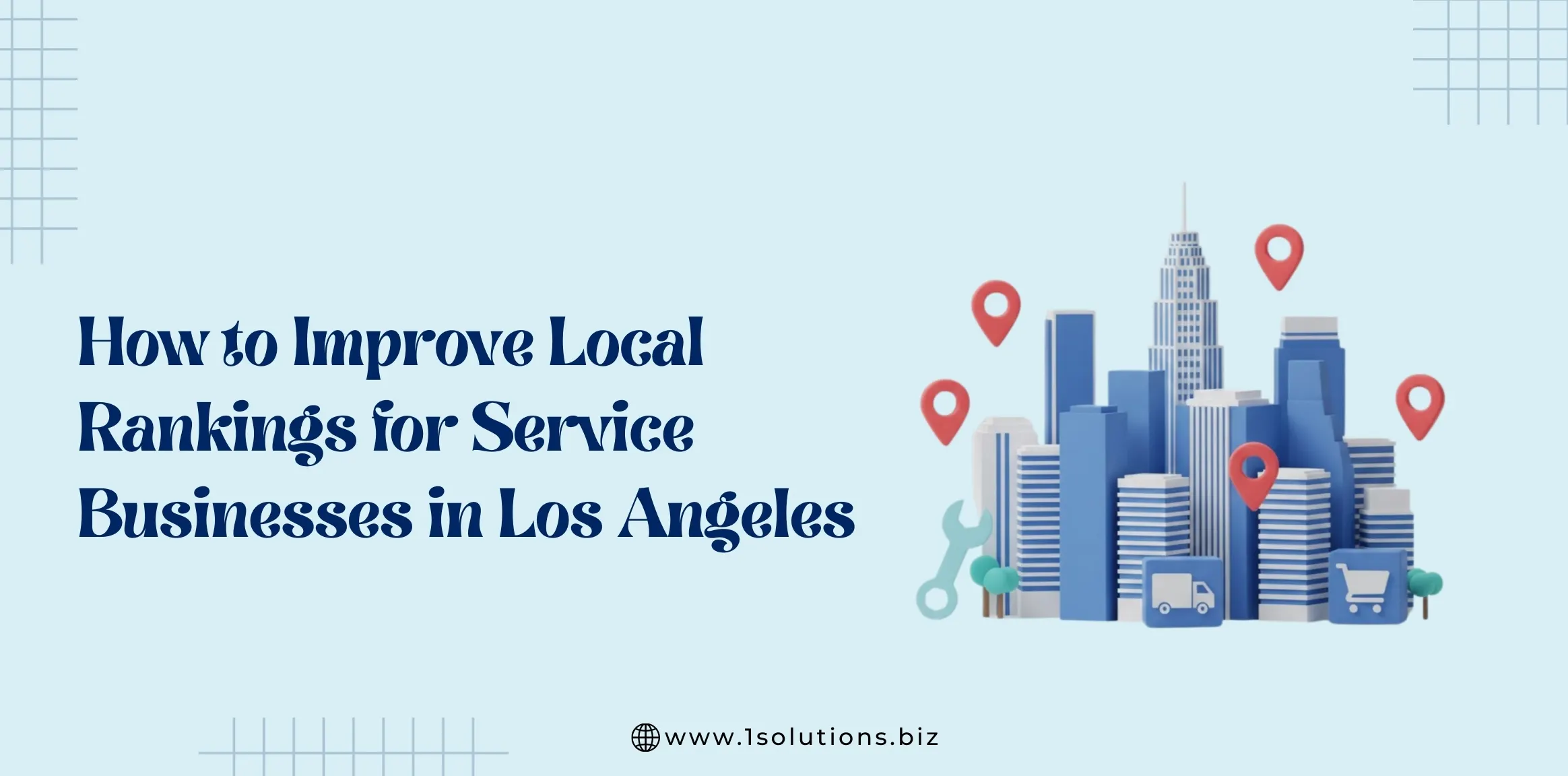
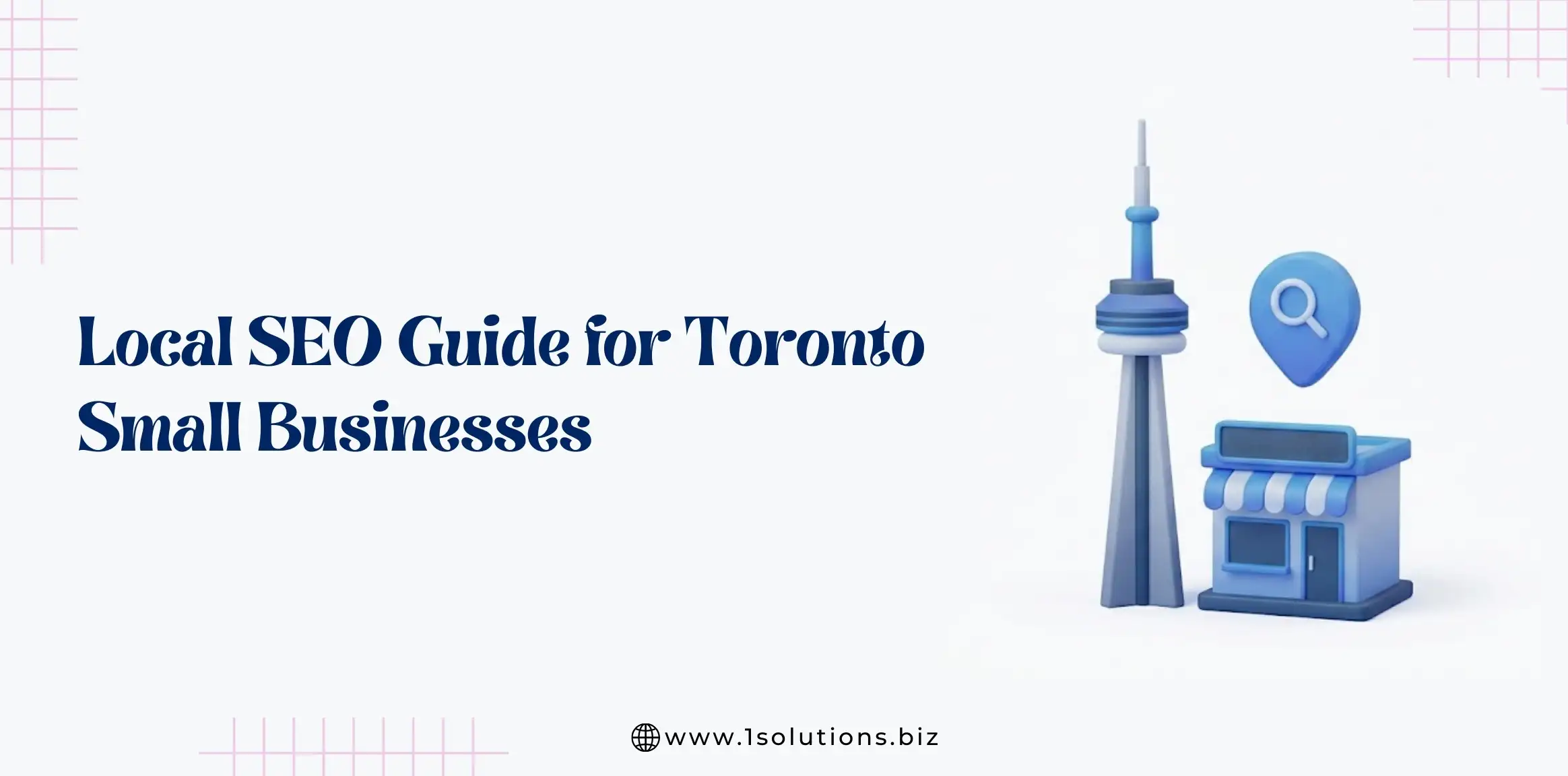
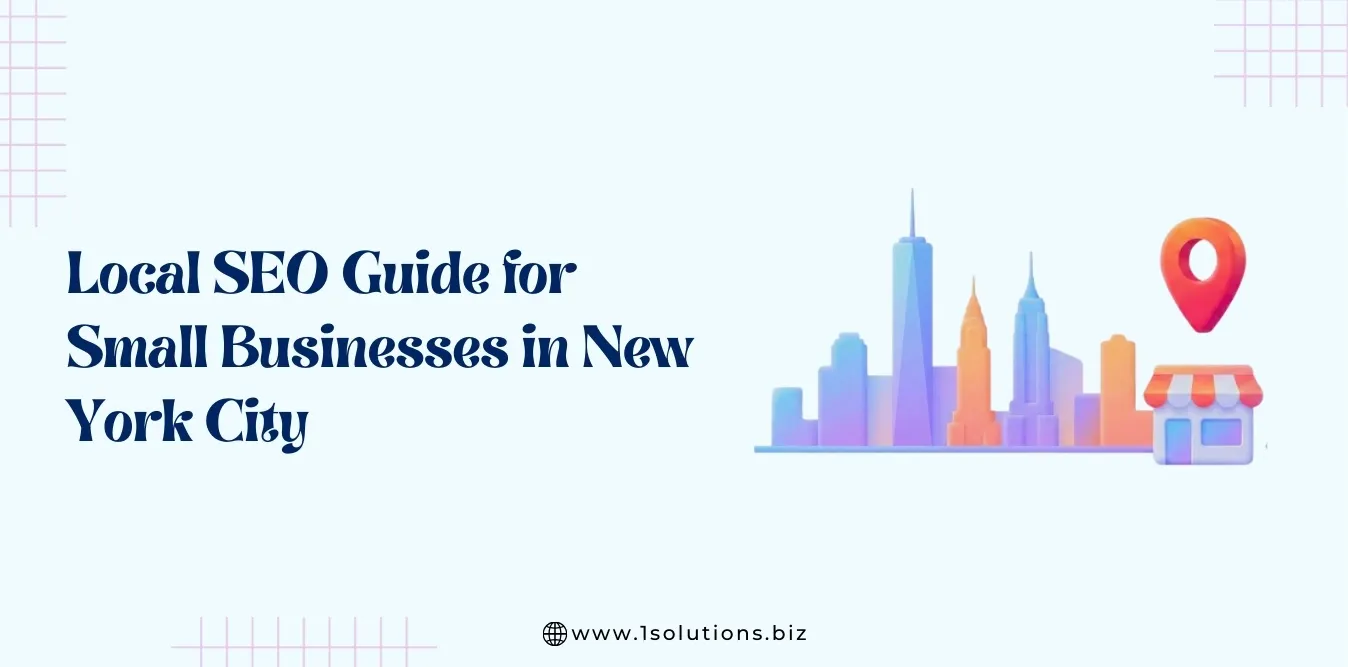


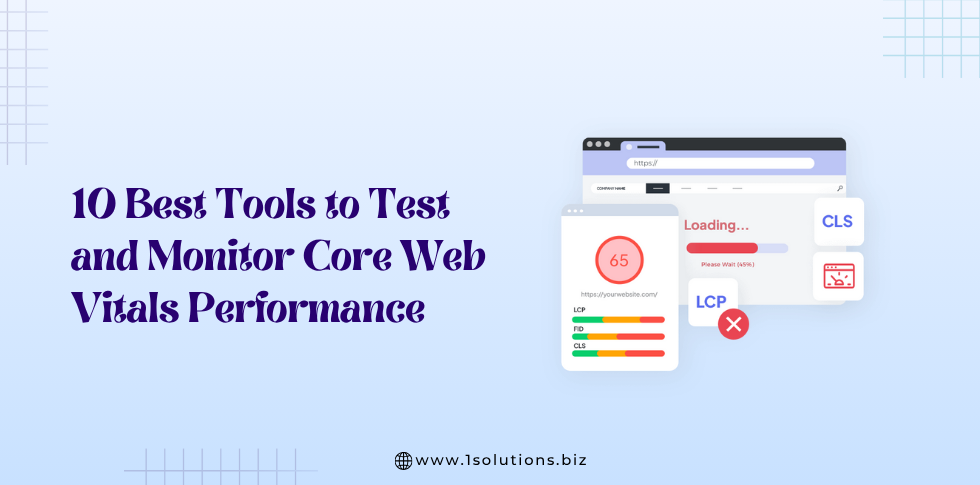



 in India
in India